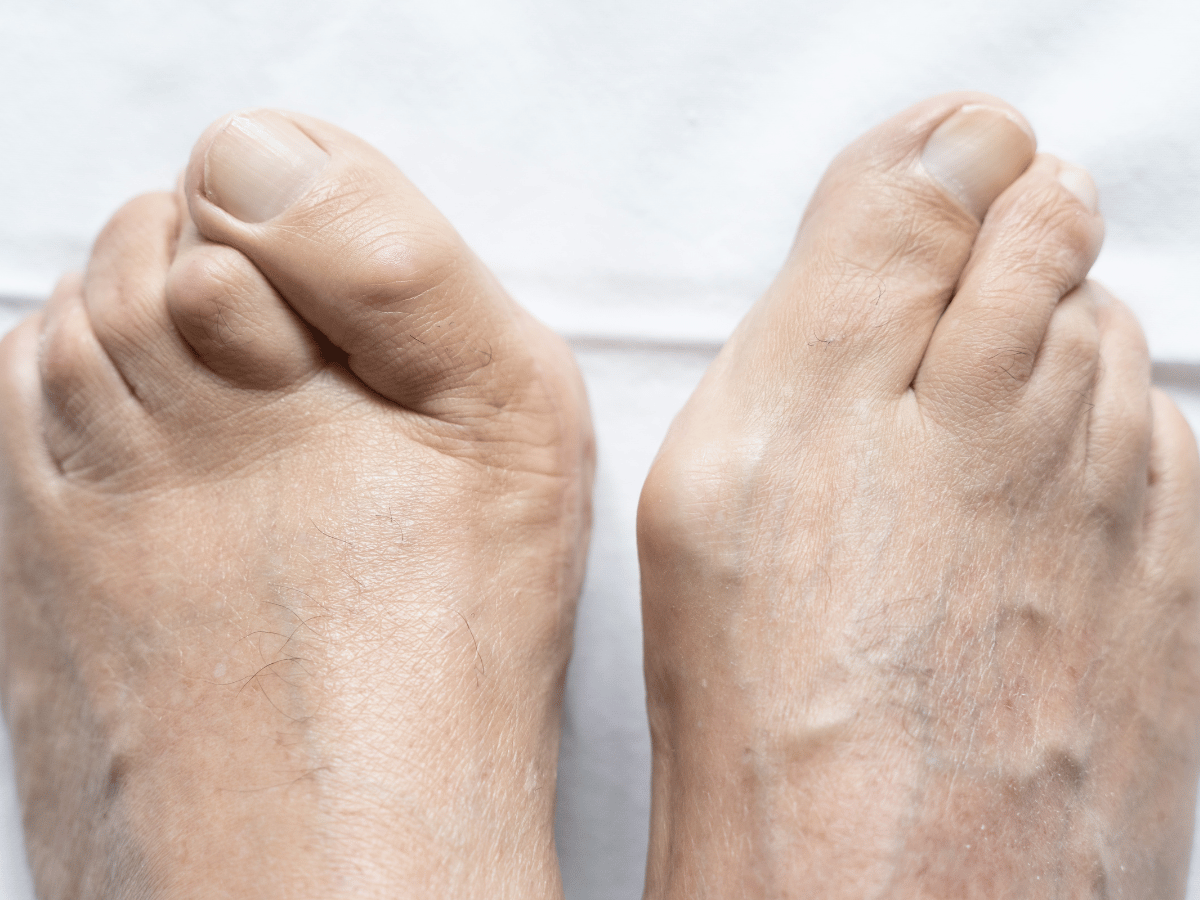
Hammertoe may start as a mild toe misalignment, but when left unchecked, it can grow into a painful and life-limiting condition. Up to 25% of adults, particularly those older or with specific health conditions, experience some form of foot deformity, including hammertoe. The good news? With the right treatment plan, most people can regain comfort, function, and mobility.
At South Florida Multispecialty Hospital, we see firsthand how disabling untreated hammertoes can become. Let’s take a deep dive into what causes this deformity, how to recognize it early, and which treatment options, from conservative care to advanced surgeries, can restore your step.
In a healthy foot, toes lie flat and allow natural movement and weight distribution. With hammertoe, the middle joint of a toe bends downward, creating a curled, hammer-like shape. Most commonly affecting the second toe, though the third and fourth toes may be involved too, hammertoe results in pain, shoe-fitting issues, and callus formation.
Structurally, the deformity happens due to an imbalance in the muscles, tendons, or ligaments that normally keep the toe straight. When these components become weakened or overused, the toe buckles under the pressure.
Several contributing factors increase someone’s risk of developing hammertoe:
We encourage patients to pay attention to early indicators. Identifying these signs before the condition worsens can open the door for effective conservative treatments. Key symptoms include:
When patients come in with these symptoms, a thorough evaluation typically confirms the diagnosis.
In the early stages, or for flexible hammertoes, conservative treatment is often highly effective. Here’s what we typically recommend:
Custom orthotics or toe pads help redistribute pressure and prevent progression. These devices reduce friction, cushion the foot, and alleviate pain.
Switching to shoes with a wide toe box, low heel, and good arch support helps relieve stress on the toes. Patients often report immediate relief when making simple footwear changes.
Exercises like picking up marbles with the toes or stretching bands across the foot help strengthen muscles and improve alignment. We often demonstrate these in-office and create a personalized at-home program.
For symptomatic relief, patients may use ice packs, topical anti-inflammatory gels, or over-the-counter oral pain relievers as needed.
Conservative treatments won’t always resolve a rigid hammertoe or one that has become progressively more painful. In those cases, surgery may be the best option.
We consider surgery when:
Modern advancements allow us to perform minimally invasive procedures with excellent outcomes:
Post-op recovery varies depending on the procedure, but most patients notice dramatic pain reduction and improved foot mechanics.
Before choosing a treatment path, we perform:
This allows our team to customize a care plan tailored to each person’s stage and lifestyle needs.
Following surgery, patients can expect:
Physical therapy supports healing. We focus on:
Regular check-ins help us track progress and adjust your care plan if needed.
You’d be surprised how often poorly fitting shoes contribute to recurring hammertoes, even after treatment. We emphasize prevention through:
Not all orthotic inserts are equal. We walk patients through the selection and fitting process to ensure the best outcome.
Ongoing care improves long-term results. Key strategies include:
We champion patient education, when people understand how their choices impact foot health, they’re far better equipped to prevent reoccurrence.
If you’re experiencing toe pain, visible deformity, or difficulty finding comfortable shoes, don’t wait. Our experienced specialists at South Florida Multispecialty Hospital are here to evaluate, treat, and guide you every step of the way. Reach out today and take the first step toward pain relief and restored mobility.
Hammertoe is a deformity where the toe bends downward at the middle joint. It's diagnosed via physical examination and confirmed with X-rays to evaluate bone alignment and joint mobility.
Common causes include genetic predisposition, wearing high heels or tight-fitting shoes, foot trauma, arthritis, and neurological conditions. Age and gender (more common in women) also play roles.
Early symptoms include slight toe bending, discomfort when walking, corns or calluses forming on the top of your toes, and restricted movement in the affected joint.
Effective non-surgical treatments include orthotic devices, shoe modifications, toe exercises, and anti-inflammatory measures like ice and topical creams.
Surgery is recommended when the toe becomes rigid, painful, or unresponsive to conservative care. Procedures may include tendon transfer, joint resection, or fusion.
Recovery typically takes 6–8 weeks. Rehabilitation involves wound care initially, followed by physical therapy to regain mobility and strength.
Yes, custom orthotics and proper footwear can redistribute stress, reduce pain, and prevent progression, especially in early-stage deformities.
Complications can include infection, nerve damage, recurrence of the deformity, stiffness, or continued pain. However, with expert care, risks are generally low.
Your well-being is our top priority. Reach out today to discover how our dedicated team can support your health journey.
Have questions or want to learn more? Use the form below to get started!
Connect with South Florida’s trusted multispecialty care team and take control of your health with compassion and convenience.
©2025 South Florida Multispecialty Medical Group. All Rights Reserved.